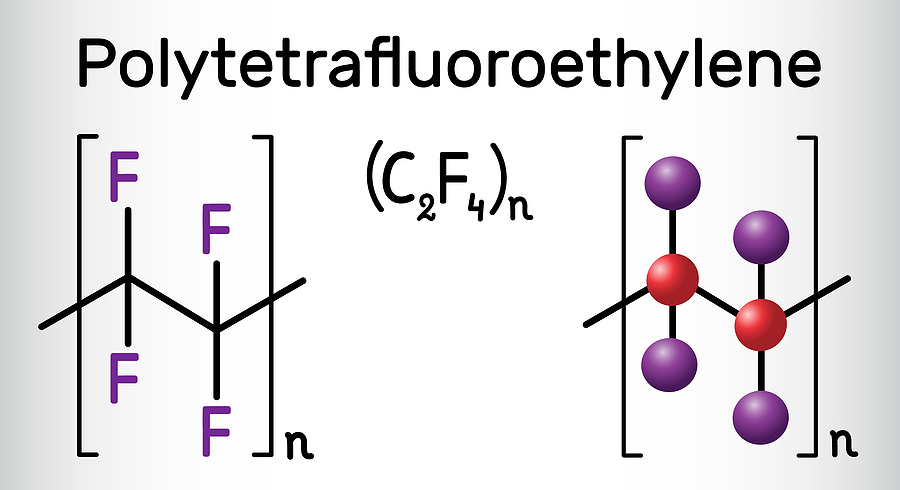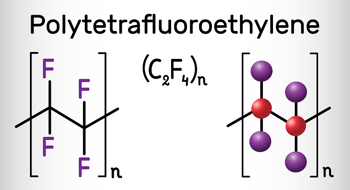Plasma Treatment Articles
Plasma Etching
|
2 min read

PTFE, or polytetrafluoroethylene, has very low surface energy so it is very difficult to glue to and solvents do not wet to it. Plasma processing of PTFE materials can increase the surface energy, which will lead to covalent bonding and fluid wetting. Typical applications using PTFE substrates include component sealing, dielectrics, and other applications.
PTFE is a prevalent choice for manufacturers and is used in many applications. It is beneficial because it has high dielectric strength and good chemical resistance. For any application where high voltage wire insulation is needed or where a low coefficient of friction is needed, PTFE is often the solution. Another significant aspect of PTFE is its excellent anti-corrosion properties and is not reactive with other chemicals.
 Although PTFE is an excellent material to work with for many applications, it can also be challenging in different aspects. It has low surface energy, and solvents won't wet to it, making it very hard to bond or glue to its surface. The low surface energy of PTFE is challenging to manufacturers if they don't understand the surface properties and how they can modify them effectively without changing the bulk material and the beneficial properties that come with using PTFE.
Although PTFE is an excellent material to work with for many applications, it can also be challenging in different aspects. It has low surface energy, and solvents won't wet to it, making it very hard to bond or glue to its surface. The low surface energy of PTFE is challenging to manufacturers if they don't understand the surface properties and how they can modify them effectively without changing the bulk material and the beneficial properties that come with using PTFE.
Plasma processing of PTFE will increase the surface energy, which leads to covalent bonding and fluid wetting. This plasma application enables manufacturers to use PTFE in more areas where bonding has previously been difficult or expensive. These applications include sealing a component, dielectric applications, and various other applications.
Plasma etching PTFE can yield very positive results. Untreated PTFE typically has a surface energy that is below 28 dynes. The surface energy can be improved with a simple activation with plasma of approximately 5 minutes. The improved surface energy after treatment would be above 105 dynes. The enhanced surface energy is well above the recommended level since any value above 60 dynes is sufficient for most adhesives.
A significant aspect of plasma processing is that it does not generate wet stream waste like other etching methods such as those that use sodium ammonia or sodium naphthalene. These wet chemistries are often used to etch or activate PTFE. These chemicals are very hazardous to the environment as well as any person that is working with them.
Manufacturers should employ plasma etching because it will strip away the fluorine from the surface of the PTFE material and increase the concentration of carbon and carbon associated sites on the surface. This increase in carbon concentration will facilitate covalent bonding with the subsequent bonding material and ensure the best possible bond. With a stronger bond, the end-product will become more reliable and have less product failure.
Plasma treatments work as a surface modification. The treatment area only acts on the surface of the material and doesn't change or affect the material's bulk properties. The treatment will modify the surface for the desired effect and not change the important, beneficial properties of the PTFE.
Plasma etching can improve the surface energy of PTFE and improve bond strength in the manufacturing process. It can do this without the aid of chemicals that can be harmful to the environment. Plasma processing will produce a shift in surface energy, with many examples leading to a greater than 105 dyne measurement. It achieves these results without changing the beneficial properties that PTFE already possesses.
To learn more about plasma etching to improve PTFE surface energy for manufacturers, please read our article titled "Plasma Etching and Cleaning Strategy for Better Product Quality."
Comments